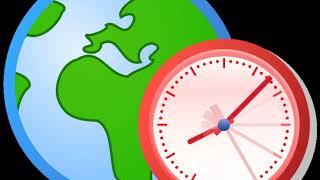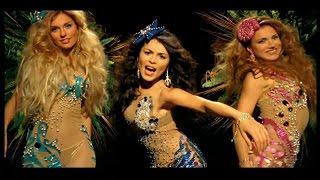Autoethnography | Wikipedia audio article
Описание
This is an audio version of the Wikipedia Article:
Autoethnography
Listening is a more natural way of learning, when compared to reading. Written language only began at around 3200 BC, but spoken language has existed long ago.
Learning by listening is a great way to:
- increases imagination and understanding
- improves your listening skills
- improves your own spoken accent
- learn while on the move
- reduce eye strain
Now learn the vast amount of general knowledge available on Wikipedia through audio (audio article). You could even learn subconsciously by playing the audio while you are sleeping! If you are planning to listen a lot, you could try using a bone conduction headphone, or a standard speaker instead of an earphone.
You can find other Wikipedia audio articles too at:
https://www.youtube.com/channel/UCuKfABj2eGyjH3ntPxp4YeQ
You can upload your own Wikipedia articles through:
https://github.com/nodef/wikipedia-tts
"The only true wisdom is in knowing you know nothing."
- Socrates
SUMMARY
=======
Autoethnography is a form of qualitative research in which an author uses self-reflection and writing to explore anecdotal and personal experience and connect this autobiographical story to wider cultural, political, and social meanings and understandings. Autoethnography is a self-reflective form of writing used across various disciplines such as communication studies, performance studies, education, English literature, anthropology, social work, sociology, history, psychology, religious studies, marketing, business and educational administration, arts education, and physiotherapy.
According to Maréchal (2010), "autoethnography is a form or method of research that involves self-observation and reflexive investigation in the context of ethnographic field work and writing" (p. 43). A well-known autoethnographer, Carolyn Ellis (2004) defines it as "research, writing, story, and method that connect the autobiographical and personal to the cultural, social, and political" (p. xix). However, it is not easy to reach a consensus on the term's definition. For instance, in the 1970s, autoethnography was more narrowly defined as "insider ethnography," referring to studies of the (culture of) a group of which the researcher is a member (Hayano, 1979). Nowadays, however, as Ellingson and Ellis (2008) point out, "the meanings and applications of autoethnography have evolved in a manner that makes precise definition difficult" (p. 449).
According to Adams, Jones, and Ellis in Autoethnography: Understanding Qualitative Research, "Autoethnography is a research method that: Uses a researcher's personal experience to describe and critique cultural beliefs, practices, and experiences. Acknowledges and values a researcher's relationships with others. . . . Shows 'people in the process of figuring out what to do, how to live, and the meaning of their struggles'" (Adams, 2015). "Social life is messy, uncertain, and emotional. If our desire to research social life, then we must embrace a research method that, to the best of its/our ability, acknowledges and accommodates mess and chaos, uncertainty and emotion" (Adams, 2015).





















